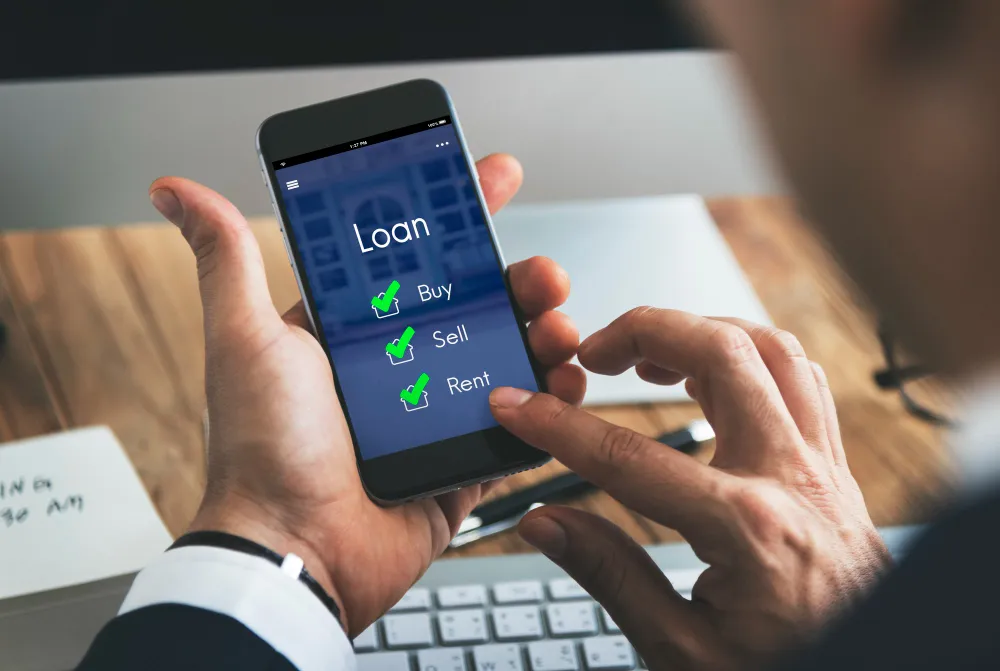From Banks to DAOs: The Future of Lending in Web3
The lending market has been incorporating significant technological changes for modern society—learn more now.
Decentralized Lending Through DAOs: What You Need to Know
The U.S. financial system has always been defined by solid institutions, robust regulation, and the central role of commercial banks.
However, the rise of blockchain technology, especially within the Web3 ecosystem, is challenging this historical dominance.

Among the most disruptive innovations is DAO-based lending (Decentralized Autonomous Organizations), which promises to reshape how consumers, investors, and businesses access credit.
The Traditional Role of Banks in Lending
To understand the ongoing transformation, it is important to recall how banks structure the American credit market.
Traditional financial institutions act as central intermediaries, assessing default risks, setting interest rates, and designing financing products.
This model ensures predictability and stability, particularly under the supervision of entities such as the Federal Reserve and the FDIC.
In addition, regulation protects consumers from abuse and ensures that the financial system maintains liquidity.
Nevertheless, the cost of this model is high: extensive documentation requirements, long approval timelines, and limited flexibility for freelancers, startups, or international investors.
The Rise of Web3 and DAOs
The concept of Web3 introduces the idea of a digital environment in which users own their data and assets, without relying on intermediaries.
Within this context, DAOs emerge as self-governing collective entities where decisions are made through smart contracts and member voting.
In the lending sector, this means that the loan approval process can be fully decentralized.
Instead of a bank officer deciding whether a loan should be approved, an automated protocol evaluates digital collateral (such as cryptocurrencies) and executes contracts programmatically.
DeFi platforms like Aave, Compound, and MakerDAO have already proven the viability of this model, enabling users anywhere in the world to borrow and lend capital within minutes, without bureaucracy.
How DAO-Based Lending Works
The decentralized lending process is relatively simple from a technical perspective:
- Digital collateral: The borrower deposits cryptocurrencies into a smart contract as collateral.
- Automated loan: Based on that collateral, the protocol releases credit in another currency or stablecoin.
- Variable interest rate: Defined by algorithms or DAO voting, adjusting to the supply and demand of capital.
- Automated liquidation: If the collateral value drops below a threshold, the contract automatically liquidates the asset to prevent default.
This system virtually eliminates the need for manual credit assessments, replacing them with codified and auditable rules.
Advantages Over the Banking System
The DAO model presents clear benefits compared to the traditional system:
- Global and inclusive access: no geographical barriers.
- Speed: loans can be issued within minutes instead of days or weeks.
- Transparency: smart contracts are public and auditable, reducing information asymmetries.
- Flexibility: DAOs can create on-demand products, serving large investors, freelancers, and even travelers.
In the U.S., where credit is essential for both consumption and investment, this efficiency could attract millions of users—especially in sectors underserved by the traditional banking system.
Risks and Challenges of the DAO Model
Despite its promises, the risks are significant:
- Volatility of digital assets: crypto-backed collateral can quickly lose value.
- Technological risk: smart contract failures have already resulted in multi-billion-dollar losses in DeFi.
- Lack of regulatory protection: unlike banks, users have no deposit insurance like the FDIC.
- Complex governance: DAO decisions may be dominated by large token holders, limiting true decentralization.
These issues mean that mass adoption still depends on both technical and regulatory evolution.
The Regulatory Debate in the United States
In recent years, agencies such as the SEC (Securities and Exchange Commission) and the CFTC (Commodity Futures Trading Commission) have intensified their scrutiny of DeFi protocols.
The main question is how to classify DAO-based tokens and loans: should they be treated as securities, commodities, or an entirely new category?
There is also debate on whether DAOs should register as legal entities in the U.S.—a move that could increase legal certainty but reduce autonomy and the global, borderless nature of these projects.
Regulatory pressure seeks to balance innovation with consumer protection, preventing systemic risks that could threaten the American economy if this market grows unchecked.






